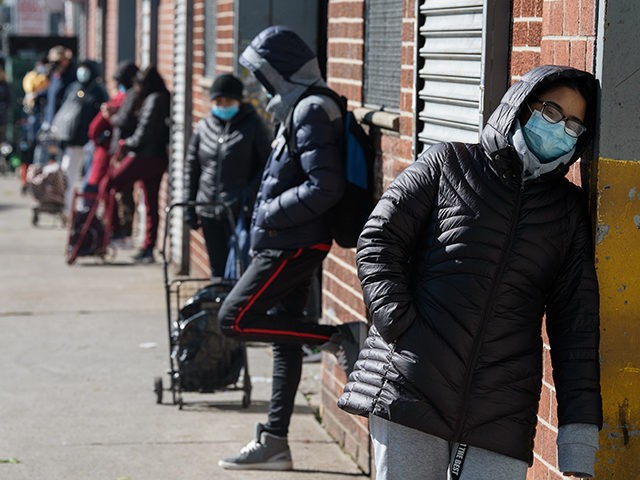Another one million U.S. workers have filed for new unemployment benefits, the Labor Department said in its weekly report Thursday.
The report listed 1,006,000 new claims for the week ending Aug. 22, a decrease of 98,000 from the previous week. It listed the unemployment rate at 9.9 percent.
Thursday’s report also revised down last week’s claims by 2,000 filings.
Most economists expected about one million new claims.
The department said there are 14.5 million continuing claims, which lag initial claims by a week.
The department reported 1.1 million new claims last week, which was higher than experts had predicted. The week before, new claims dipped below one million for the first time since March.
The unemployment report came about a half hour before Federal Reserve Chairman Jerome Powell was scheduled to deliver a speech outlining a critical plan to stimulate the economy amid the ongoing COVID-19 pandemic.
Thursday’s jobless numbers come on the same day as the Commerce Department’s revised estimate showing that the U.S. economy plunged by nearly 32 percent in the second quarter of 2020 — the steepest quarterly decline in history.
The loss, however, wasn’t as bad as the department reported a month ago in its initial estimate.
The decline in the April-July period was 31.7 percent, the department said in its second estimate. The first estimate last month showed a decline of 33 percent for the quarter.
The department said the new estimate is based on “more complete” data.
“With the second estimate, private inventory investment and personal consumption expenditures decreased less than previously estimated,” it said.
The domestic economy — measured by gross domestic product (GDP) — fell by 5 percent over the first quarter, before the full impact of the COVID-19 pandemic.
“[The crisis] led to rapid shifts in activity, as businesses and schools continued remote work and consumers and businesses canceled, restricted, or redirected their spending,” the Commerce Department said. “The full economic effects of the COVID-19 pandemic cannot be quantified in the GDP estimate for the second quarter of 2020 because the impacts are generally embedded in source data and cannot be separately identified.”
Thursday’s report said second-quarter losses were partly offset by an increase in federal government spending, mostly from the CARES Act.
UPI contributed to this article.

COMMENTS
Please let us know if you're having issues with commenting.